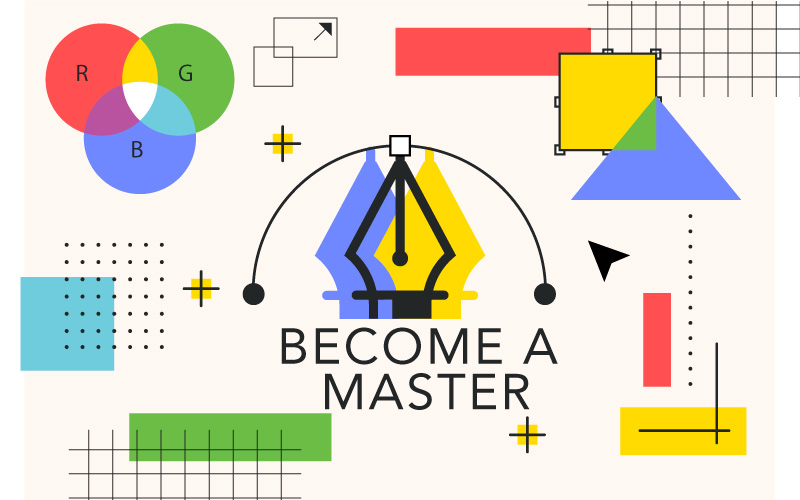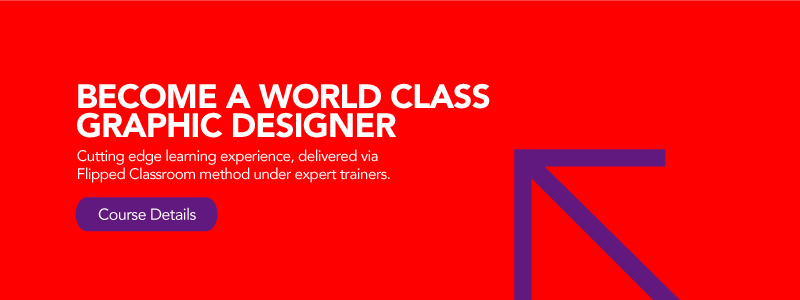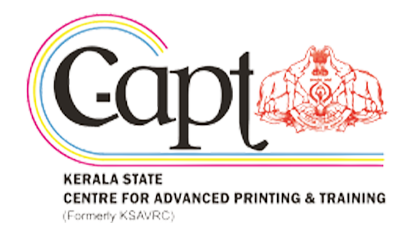
Graphic designing is a group of visual communications skills and techniques used to create and combine words and images to convey a message or create an atmosphere as intended by the designer. Graphic design is a broad term that illustrates the art of communication through images and typography.
If you are interested in learning graphic design and becoming a professional graphic designer, read on.
The fundamental principles of design have been studied for centuries by philosophers, architects, and artists. It is a language that conveys information through visual means. We will embark upon a journey to identify and synthesize these fundamental principles into a coherent form to communicate your identity as a professional.
Ideas for visual communication can range from essential to complex themes that require attention to detail, time efficiency, and practical working knowledge to succeed in graphic design.
Our method focuses on developing our abilities to manually construct illustrations and identify the need for digital manipulation or other forms of technology to realize a holistic final deliverable within an expected time frame. After completing this course, students should think differently, the exact way a professional designer should think.
Have you ever seen a logo or design online and been instantly compelled to click on the image, purchase from the site, or be impressed? Producing images with voice, depth, and purpose is one of the most valuable skills a person can have in today’s technological society.

How to master graphic designing?
A job change can be risky. But it can also be fascinating. There may not be more creativity in graphic design than in any other kind of work, but only graphic designers do lots of things.
Graphic designing, like other creative work, requires training and practice, but to get sufficient training takes time and money. And getting enough clients even to pay the bills requires lots of time and money.
Graphic designing also seems suited to solitary people because much of the work involves looking at things and making drawings of them. But graphic design requires social interaction. Designers need to talk to clients, and they have to talk to other designers.
It is easy to get the old “I want to be a graphic artist” conversation: “I want to be an artist, and graphic art seems most like painting.” But another option is to become a designer, not an artist. Graphic art is a profession, not an art.
Like painters, graphic designers need drawing skills. You also need to be able to think abstractly. Graphic Design is “applied art” in the sense of having practical applications, not just “applied” in the understanding of being applied. Graphic designers use abstractions and symbols to create visual associations that communicate things.
Create and build your tone and visual identity
You have to look, listen to, or feel the world around you and then interpret what you’ve seen in your visual terms.
This process doesn’t happen overnight. It takes time. There are considerable advantages to being a designer. True, your tools are essential, but what’s inside your head is what sets you apart from the pack.
On the other hand, there are considerable advantages to being a designer. Creative people are often better in other disciplines.
The payoff is big: usually, the highest-paid jobs go-to designers. And if you love what you do, the benefits will flow the other way: you will make a better living, and your work will be more exciting and satisfying.
To become a better designer:
- Look at the work of other people.
- Read design books, articles, and blogs.
- Go to museums.
- Watch films.
- Listen to music.
- Be around design.
The more you expose yourself to design, the more ideas you’ll have. Show your work. But don’t just show other people’s work; show your own. Sketch your ideas. Give up the idea of perfection. Draw what you like, not what you’d sell. Then, as you get better at it, get feedback from people you trust.
Finally, know yourself. Are you a designer, a writer, or an artist? Which side do you come from? Is one more critical or more “real” than the other? If you could find answers to these questions, that will help you a lot in how you work and build your career as a Graphic Designer.

Cost of learning Graphic Designing
Learning Graphic Designing today doesn’t have to be a cost-intensive educational process. Fees can add up quickly. If you have a habit of going for the cheapest route, you may be in some trouble when it comes to grasping key concepts of design and critical thinking.
Building a successful career in graphic designing requires dedication and perseverance. Our Graphic designing course and education programs will help you master the fundamental principles of graphic design, learn technical drawing skills. Master Adobe Photoshop with examples from industry professionals, and apply everything towards an intensive final project to develop your portfolio.
This course will improve your ability to create better designs, improve your portfolio and expose you to various cultural styles and new ideas. We’ll focus on graphic design principles, layout principles, typography, color theory, composition, and visual hierarchy. You’ll learn how to effectively work with clients and form an effective team, as well as the necessary skills to start your own graphic designing business.
Whether you are currently looking for an entry-level position in this competitive field or are just interested in learning how to design graphics for your purposes, this program is the perfect fit.
Call 859 3030 111 to talk to our career expert and discuss the admission requirements.






